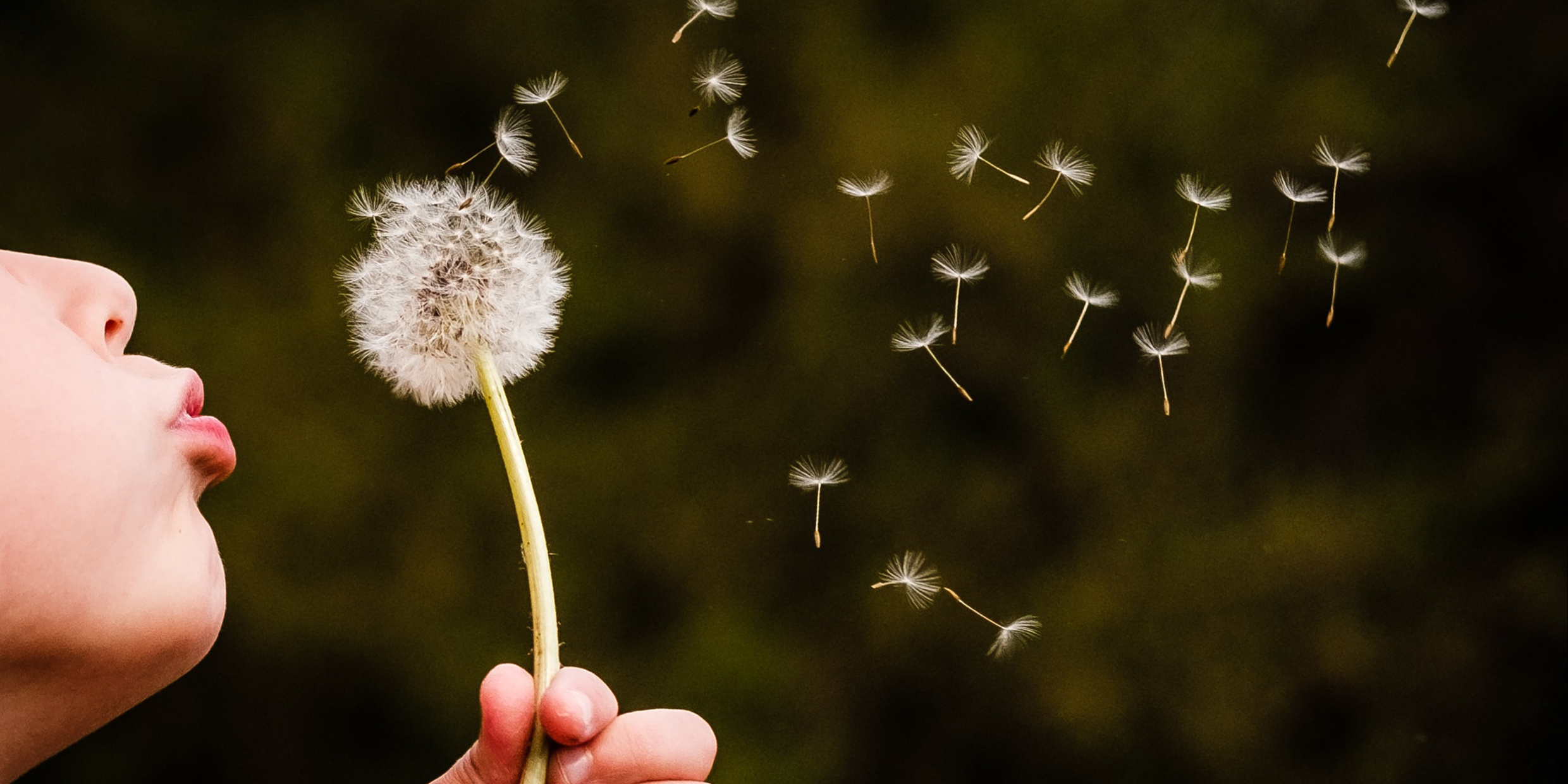Originally published 12 February 1996
Here’s one of the most important philosophical questions of our times: What is a weed?
OK, I’m being facetious, but not entirely so. Before we get to the philosophy, let’s go for a walk.
I’ve been trying out a new field guide, Carol Levine’s A Guide to Wildflowers in Winter. Never mind that the winter’s snows have bludgeoned the fragile stalks of many plants into the ground. There is still plenty that is interesting to see among the dead or dormant plants of winter, and Levine turns out to be a useful guide.
I also have Lauren Brown’s older and familiar Winter Weeds, a book that I have used with pleasure for many seasons. Brown’s book is not as comprehensive as Levine’s, and the key is somewhat harder to use, but her descriptions have an enduring charm.
Every “weed” listed in Brown’s book is also included among Levine’s “wildflowers.” Which raises the perennial question: What is a wildflower, and what is a weed?
The dictionary defines “weed” as a plant considered unattractive or troublesome, especially one growing where it is not wanted. Clearly, since the two authors write about the same plants, the dictionary definition was not enough to help them decide on the title of their books.
Weeds unattractive? It is the attractiveness of many winter weeds that makes them so much fun to observe; in winter, their beautiful machinery of reproduction is often highlighted in crisp brown relief for our appreciation.
Troublesome? Blue curls are no bother, indeed rather delightful where you find them in waste places, yet they they are among Lauren Brown’s “weeds.”
Lady’s-slippers are welcome plants of the spring woods, yet they, too, are among Brown’s “weeds.” Phragmites, those tall plume-like reeds we see in marshes at the side of the road, are pernicious and usurping invaders, yet they are included among Levine’s “wildflowers.”
Many handbooks define a weed as “a plant out of place.” This assumes that we know what is the proper place for a plant. Dandelions are considered out of place in a lawn, but don’t tell that to the dandelions. From a Darwinian point of view, a dandelion in the lawn or in a crack in the driveway is very much in place, a flawless adaptation of plant to habitat.
Some books emphasize the adaptability of weeds to diverse and adverse circumstances, such as the dandelion’s ability to survive even in cracks in concrete. A secret of the weeds’ success, says the guide, is their efficient means of reproduction, including prodigious numbers of seeds equipped for dispersal with parachutes, hooks or spring-loaded catapults. Sometimes “efficient” means trouble for us, like those annoying seeds of the beggar-ticks we must pick off our clothes.
Other books emphasize the small, unshowy blossoms of weeds, as if they were the ugly ducklings of plants.
It comes right down to this: “Weed” is a word so laden with human prejudice that it tells us more about ourselves than about the plants it describes.
The concept of “weed” can be usefully extended beyond plants. Most of us would categorize starlings as animal weeds. Some of us would apply the term to the white-tailed deer that invade our backyards. Definition: A weed is any species of life adapted for prolific colonization of disturbed habitats, often displacing indigenous species.
Now you know where I’m heading. What is the species that is best adapted for intruding its burgeoning progeny into every nook and corner of the planet, displacing other species of plants and animals, driving many to extinction?
You got it: the human weed.
We are weeds par excellence. We disturb habitats, then move in with our camp-followers, the lesser weeds. We are the out-of-control dandelions in the lawn of life, driving indigenous species from the field.
For example, conservationists bemoan declining populations of elephants in parts of Africa. It’s not just lust for ivory that threatens the elephants; it’s proliferation of the human weed into habitats that previously belonged to the elephant. Nothing is happening in Africa that has not already happened in North America and Europe. Americans and Europeans tend to be self-righteous about conservation in other parts of the world, but only after we have already decimated our own indigenous wildlife. After all, we are the weed that did in the great auk, the passenger pigeon, and nearly the bison, too.
The definition of “weed” carries enormous emotional and ethical baggage, especially when expanded to include non-plants. Philosophers of nature would do well to study the etymology of the word, and its moral implications.
Until we have figured out what is a weed and what is a wildflower, we won’t understand our proper place in nature. And unless humans can somehow escape their biological imperative and get their burgeoning population under control, the day will come when we will live on a planet of nothing but weeds.



